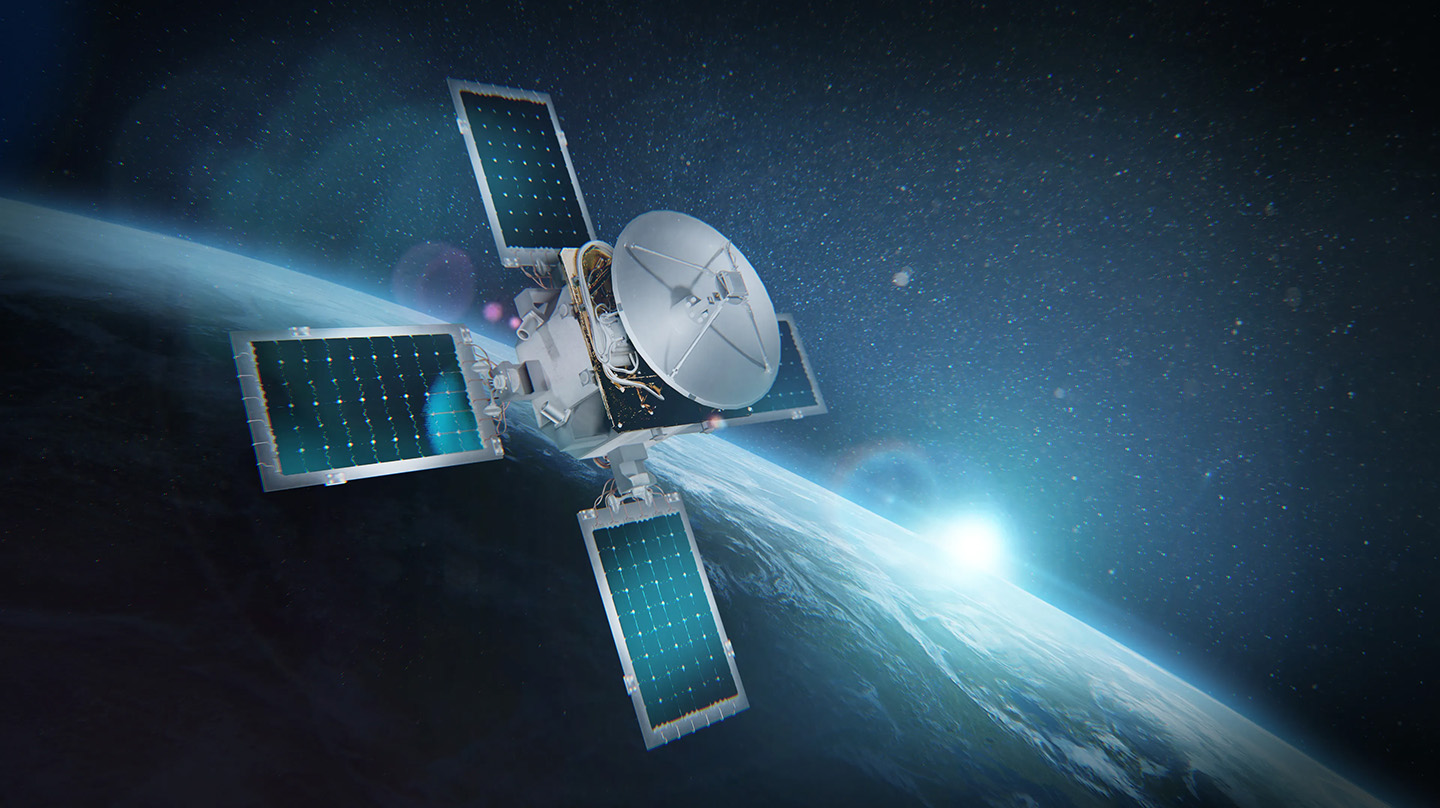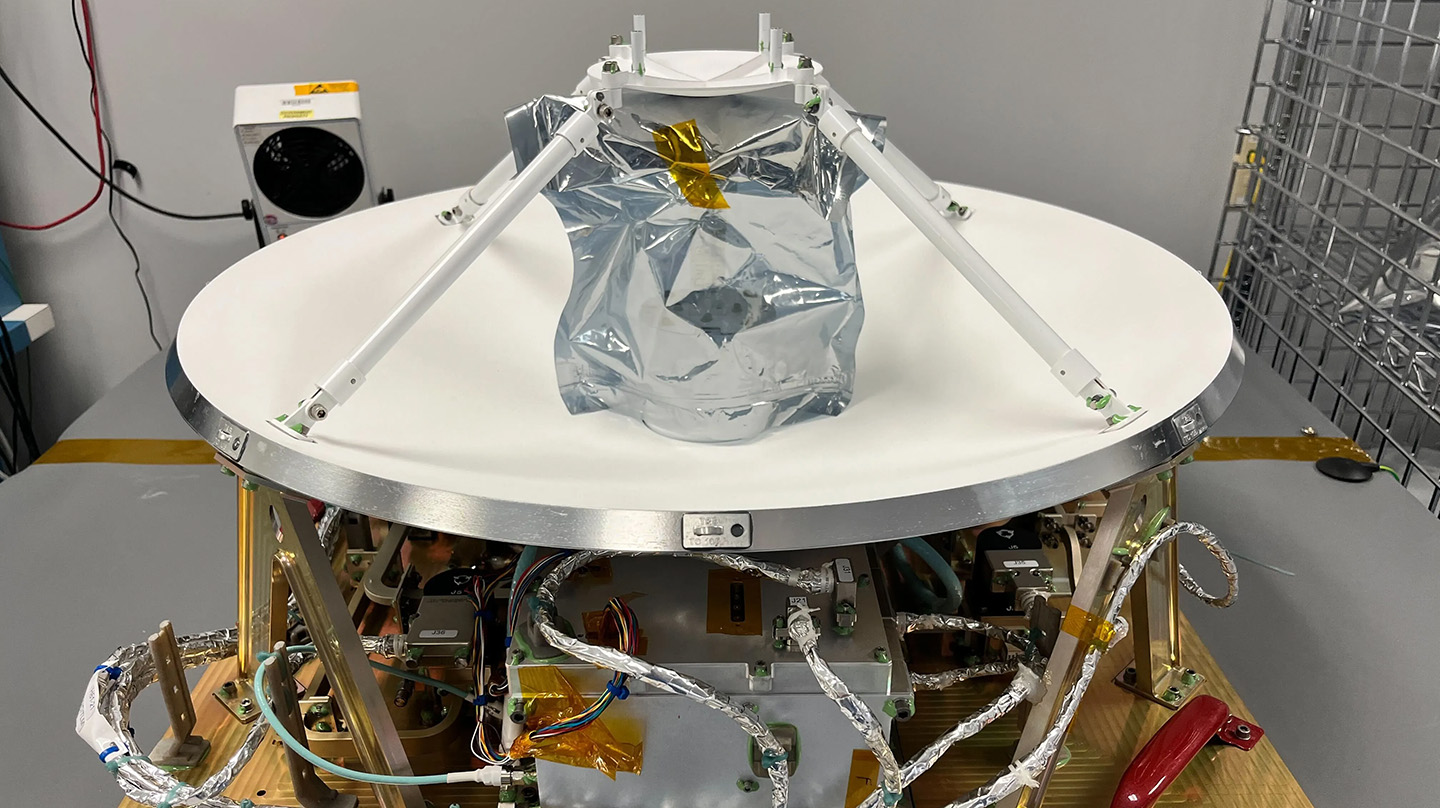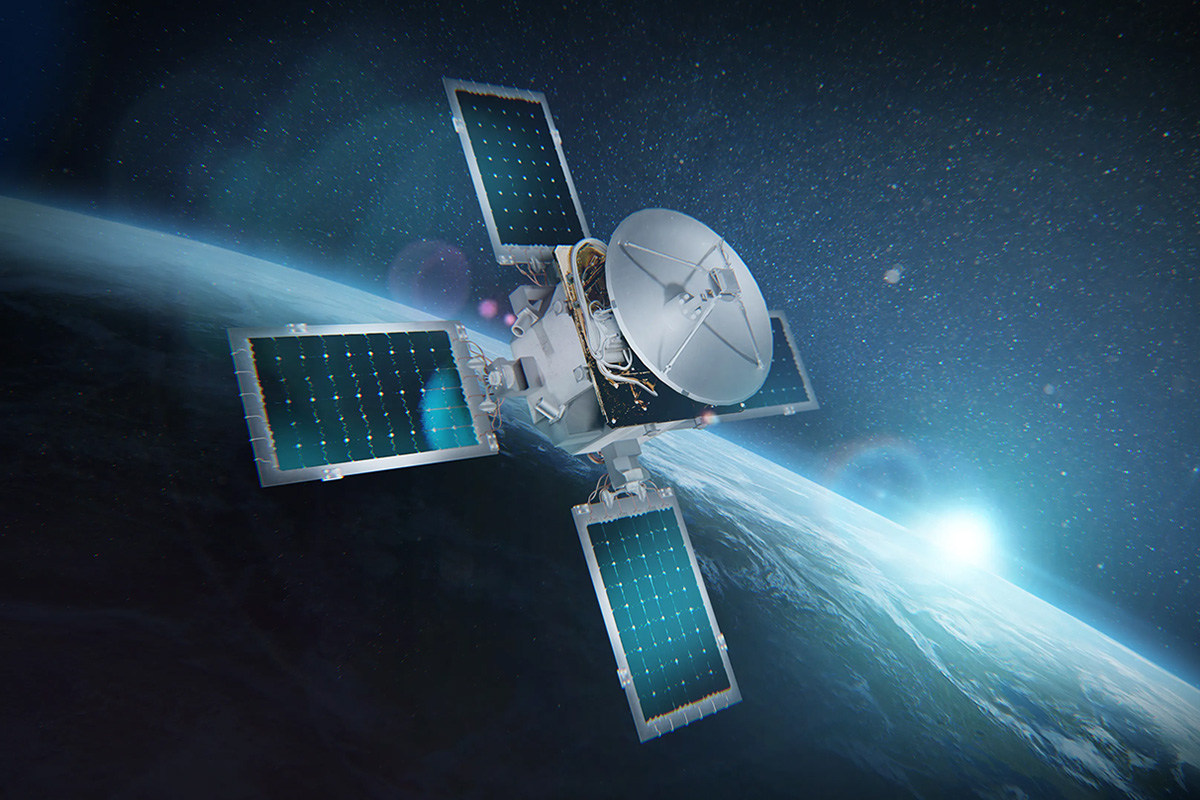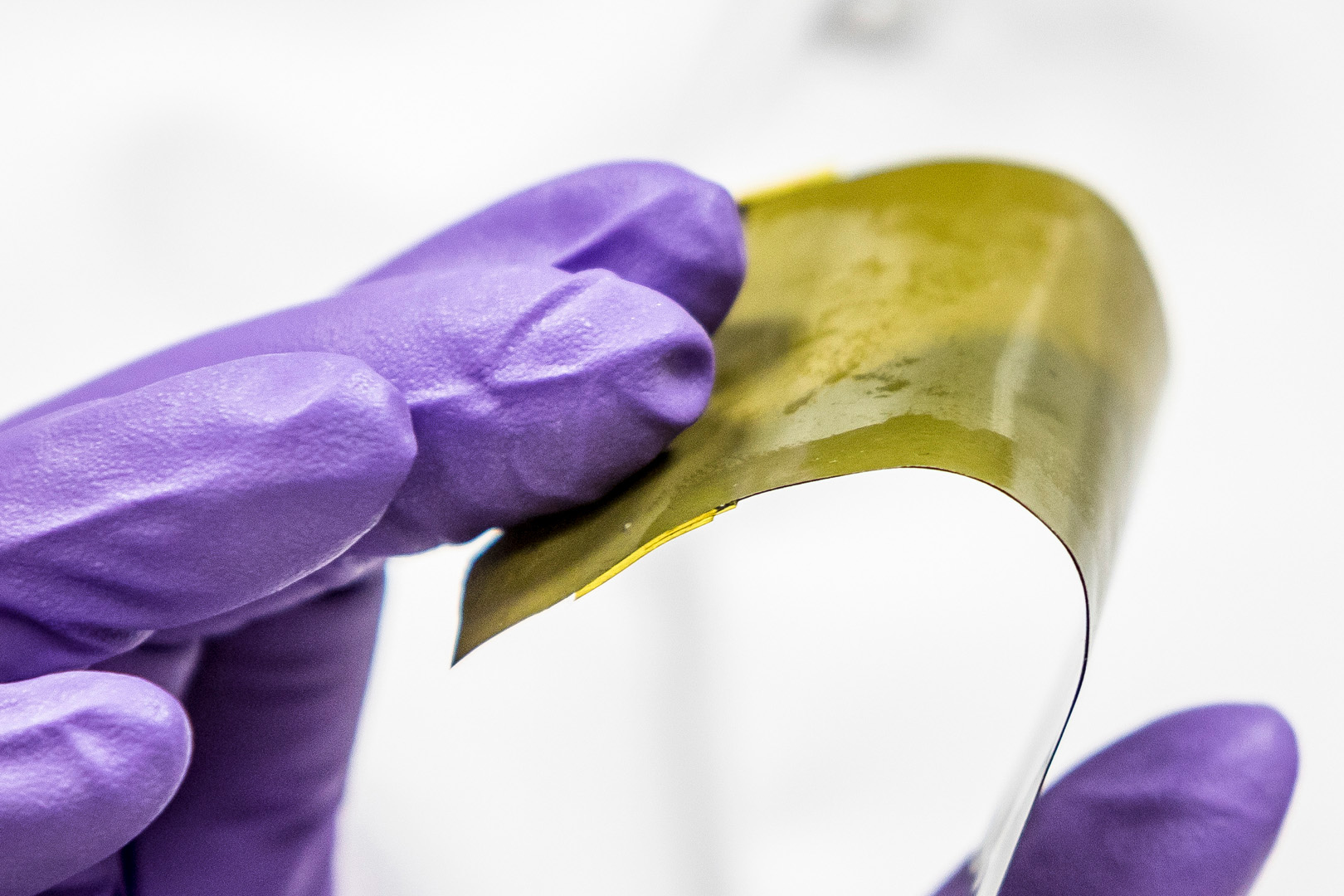News
NASA, Johns Hopkins APL Poised to Demonstrate Next-Gen Spacecraft Comms Technology
Audio generated using AI voice technology.
For decades, NASA’s Tracking and Data Relay Satellite (TDRS) constellation has ensured reliable communications between spacecraft just above Earth and scientists and engineers on the ground. By 2030, however, NASA will shift near-Earth communications services from government-owned to commercially sourced infrastructure. To ensure missions have access to secure and reliable communications during this transition, NASA and industry are developing wideband terminals, an emerging technology that enables interoperability between government and commercial satellite relays.
The Johns Hopkins Applied Physics Laboratory (APL) in Laurel, Maryland, will take an important step toward advancing that infrastructure with the test of its Polylingual Experimental Terminal (PExT). Planned for launch on July 23, PExT will demonstrate wideband multilingual terminal technology that allows satellites to communicate across the broad range of networks and frequencies utilized by commercial providers.
The PExT demonstration complements the spacecraft’s communications subsystem, helping mission controllers track and communicate more efficiently with many spacecraft, as well as transmit and receive larger chunks of data at faster rates.
“PExT is the key component required to seamlessly connect existing and planned commercial and government space communications networks,” said Chris Haskins, principal investigator for PExT at APL. “APL is providing a non-vendor-locked solution that solves a critical challenge for NASA.”



